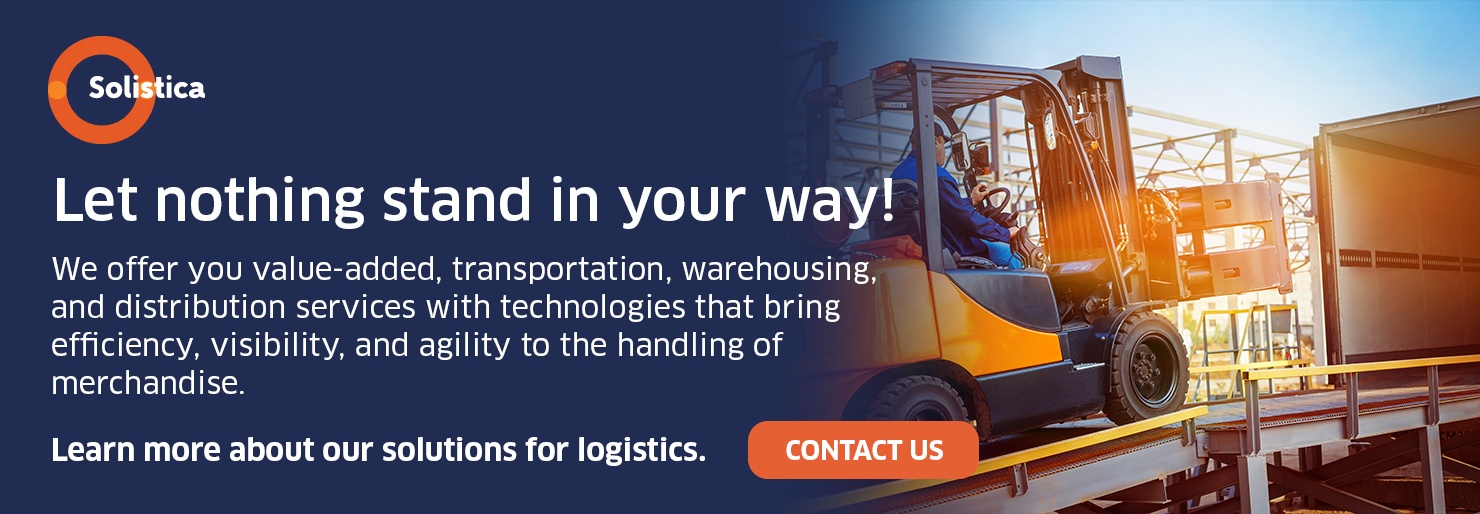Well-planned and well-managed urban areas offer great opportunities to create sustainable designs to foster new business, manufacturing, and logistics models which, in turn, raise a series of challenges, for which we need to be ready.
Even though the vast majority of vehicles currently used in logistics run on combustion engines, which create mechanical energy by burning either liquid fuel (gasoline, diesel, or bio-fuel) or gaseous fuel (compressed natural gas), there are some countries in America, Europe, and Asia that have begun to make the transportation of people and goods more efficient and sustainable in urban zones.
Factors such as government incentives and subsidies and the fluctuation of oil prices have boosted the use of diverse types of sustainable vehicles in the logistics sector. These are some examples:
- Electric vehicles: they run on one or more electric engines. They use batteries to store the power collected from wall outlets. Because they do not use oil-based fuel, they do not produce emissions.
- Hybrid electric vehicles: they combine an internal combustion engine and other form of propulsion such as electric vehicle, batteries, and regenerative brakes. They need oil-based fuels to operate the engine which, in turn, supply the power for the batteries during braking. When more power and speed is needed, both engines work simultaneously; however, when the road is flat and not much power is needed, the electric engine takes over.
- Pluggable hybrid electric vehicles: they also have two engines; one is electrical and the other is an internal combustion model. To charge the electric engine, we plug the batteries to a power supply outlet, and use oil-based fuels to feed the internal combustion engine.
Besides polluting less, these ecological means of transportation offer other noteworthy advantages:
- Less break downs because there are fewer components subject to wear.
- Less maintenance. Revisions focus more on tires and batteries in 100% electric vehicles.
- Fuel savings in hybrid vehicles.
- Lower fuel costs.
- Some countries offer owners fiscal benefits and free tolls.
- Some cities refund parking rates and offer public charging stations for electric vehicles.
- Some cities offer dedicated lanes.
Even if the manufacturing and commercialization of these types of sustainable vehicles is on the rise and some car companies have already announced they will soon stop using internal combustion engines, there are still some challenges affecting the logistics sector that need to be addressed by the governments and the companies:
- Lower speeds (under 150 kilometers per hour) compared to internal combustion engines, which may affect delivery times.
- Lower energy density of batteries compared to gasoline or diesel, which may also result in delays for the supply chain.
- Longer battery recharge times (from six to eight hours) compared to the fast fill up of gas tanks; this may impact both delivery times and productivity.
- A lack of public charging stations compared to gas and diesel stations; this may affect the safety of drivers and cargoes.
- Route changes caused by how fast batteries run dry.
- Financial impact on the whole supply chain, implying new costs in the planning, execution, and control processes.
Electrical alternatives for sustainable logistics
Looking to lower the greenhouse effect and air pollution, some governments and companies have begun to make their freight greener, with projects that include vehicles using clean energy technologies. These are some examples:
- With the project called Energy Efficiency in City Logistics Services (Enclose), Austria, Bulgaria, Greece, Spain, Ireland, Italy, Norway, the Netherlands, Poland, Portugal, the United Kingdom, Romania, and Sweden have supported the development of urban mobility logistics plans that raise freight’s energy efficiency in the historic districts of small and medium-sized towns.
- LuccaPort is the urban consolidation center of Lucca, Italy. It improved its logistics by using a complete fleet of electric vehicles to carry out 15% of daily deliveries in the city, cutting by half the number of commercial vehicles in the historic district. This eco-friendly distribution system, financed primarily with domestic and EU funds, is considered a benchmark in e-logistics.
- Posten Norge is Norway’s postal service. To distribute cargo in Trondheim and lower its CO2 emissions, it decided to substitute most of its diesel fleet with electric vehicles, bicycles, and mopeds. The project consisted in setting up an urban consolidation center at the post station.
- S-Hertogenbosch, AKA Den Bosh, is a city in southern Netherlands; its municipal logistics services are carried out with 100% electric vehicles that move people with bulky purchases. Since 2015, all public transport lines stop around the city center, which has considerably lowered noise, vibrations, and emissions.
- During Mainforum 2018 in Monterrey, Mexico, FEMSA presented its electric vehicle prototype which contributes to the sustainable mobility of its operations. To develop it, FEMSA asked for Solistica’s operational knowledge while Quimmco designed a solution based on Isuzu’s ELF500 model. Currently, five units are under construction which will be used for pilot testing in FEMSA’s diverse business units. For more information, please visit www.femsa.com/es/medios/femsa-a-traves-de-solistica-y-grupo-quimmco-presentan-su-vehiculo-electrico/.
These examples let us see how sustainable logistics is part of an urban transportation plan that goes beyond using green vehicles; it involves developing an initiative for fleet planning that considers material, financial, and technological resources.
Finding more sustainable and feasible logistics solutions will contribute to a reduction of the carbon footprint; nevertheless, we will have to overcome some obstacles to truly take advantage of clean technologies and alternate fuels in our quest to reach sustainability.
**This blog was originally published on June 10 2019 and modified on May 19 2022.
